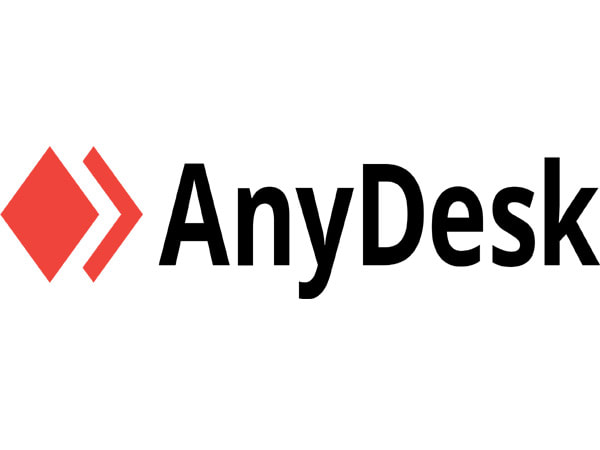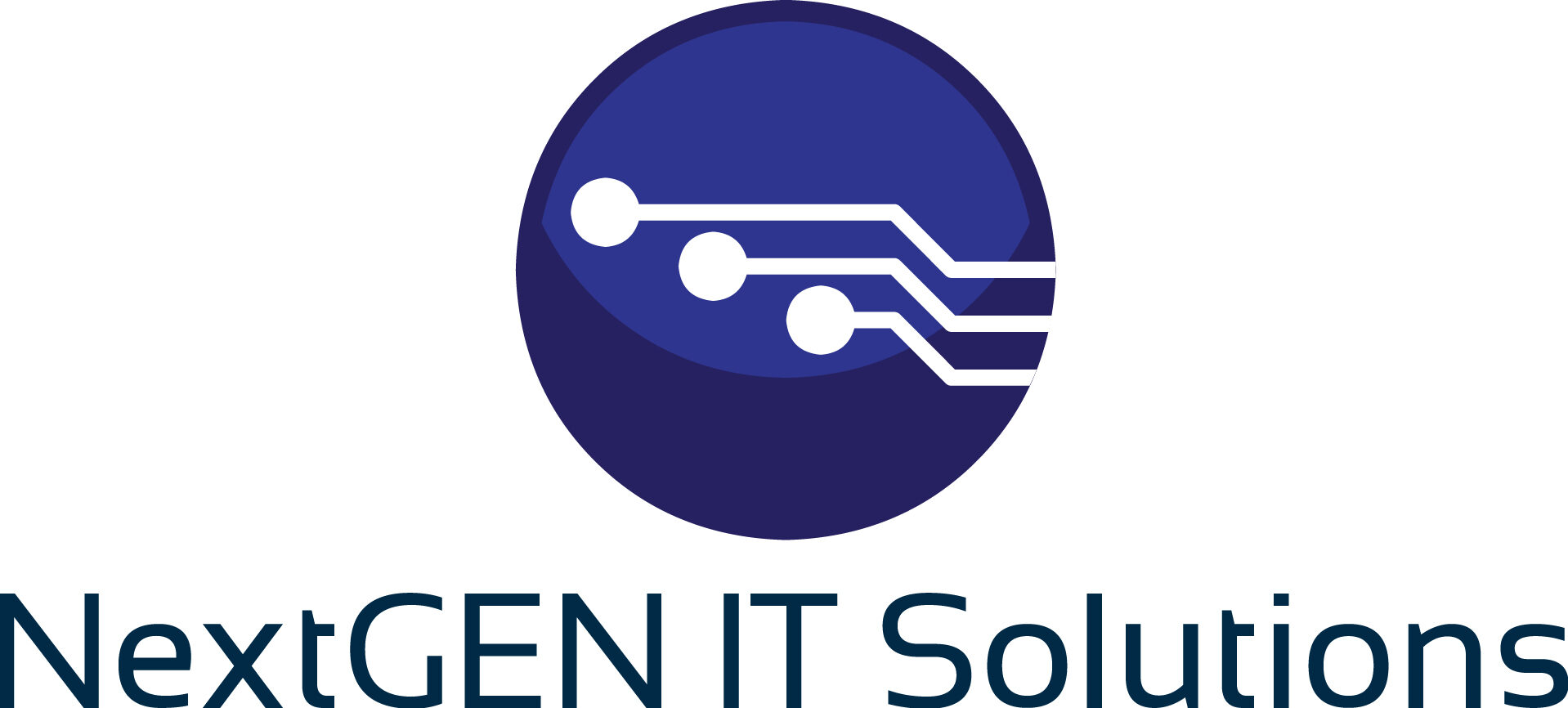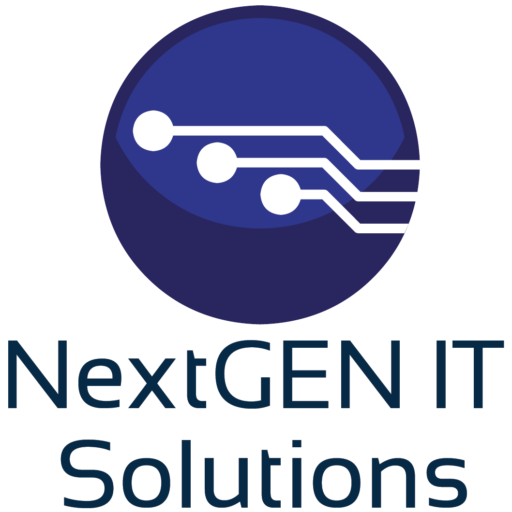The AnyDesk Hack: A Wake-Up Call for Cybersecurity

In an era where remote work has become the norm and digital connectivity defines our professional and personal lives, the reliance on remote desktop software like AnyDesk has surged. These tools have transformed the way we access and manage computers across distances, offering a lifeline for businesses, IT professionals, and casual users alike. However, the recent security breach involving AnyDesk has cast a long shadow over the perceived safety of such remote access solutions, exposing vulnerabilities that could be exploited by cybercriminals. This incident serves as a critical reminder of the importance of cybersecurity vigilance. Here, we delve deeper into the AnyDesk hack, explore its implications, and argue why it’s time to reassess the use of remote desktop software on your devices.
The Anatomy of the AnyDesk Hack
The breach of AnyDesk, a tool celebrated for its ability to connect remote computers seamlessly, has unveiled a glaring vulnerability: the ease with which hackers can infiltrate personal and corporate networks. By exploiting weaknesses in the software, cybercriminals gained unauthorized access to users’ systems. This breach was not just a violation of privacy; it was a sophisticated operation that put sensitive information, corporate secrets, and personal data at risk. The mechanics of the hack—a combination of phishing, malware, and exploitation of software vulnerabilities—highlight a multi-faceted threat landscape where no tool or technology is immune to infiltration.
Far-reaching Consequences
The ramifications of the AnyDesk hack extend far beyond unauthorized access:
- Privacy Violation: The breach endangered personal data, exposing individuals to identity theft, financial fraud, and personal blackmail.
- Corporate Espionage: Businesses faced the nightmare of having their confidential data exposed, potentially falling into the hands of competitors or malicious actors.
- Operational Disruption: For organizations reliant on digital infrastructure, the hack could lead to operational paralysis, impacting services, customer trust, and bottom lines.
- Compliance Penalties: Many organizations are bound by strict data protection regulations. A breach like this could result in significant legal penalties, further amplifying the financial and reputational damage.
These consequences underscore the critical need for a reassessment of our dependency on remote desktop technologies and a renewed focus on cybersecurity practices.
The Case for Removing or Securing AnyDesk
In light of the breach, the immediate reaction might be to eliminate AnyDesk and similar software from all devices. While this might seem like a drastic step, it is a rational consideration for those seeking to minimize risk. Here’s why:
- Eliminating Vulnerabilities: The removal of remote access software directly reduces the number of vectors available to cyber attackers.
- Safeguarding Data: Without direct remote access tools, sensitive personal and corporate data are less susceptible to unauthorized viewing and theft.
- Ensuring Operational Security: The integrity of operational systems is paramount. Removing potential points of entry helps maintain this security.
- Compliance with Data Protection Laws: For entities under the purview of data protection laws, stringent security measures are not optional but mandatory.
However, the complete removal of remote desktop solutions may not be feasible or desirable for all, especially given the operational flexibility they offer. In such cases, securing these tools becomes paramount.
Security Measures for Remote Access Tools
If the outright removal of AnyDesk is not an option, enhancing the security of remote access setups is essential. Here are some strategies:
- Choose Secure Software: Opt for remote access solutions known for their strong security measures and timely updates.
- Implement Multi-Factor Authentication (MFA): MFA adds an additional layer of security, making unauthorized access significantly more difficult.
- Regular Software Updates: Keeping software up to date is crucial in protecting against vulnerabilities that could be exploited by hackers.
- Restrictive Access Control: Limit remote access to essential users only and monitor for unusual activity that could indicate a breach.
Beyond Software: Cultivating a Culture of Cybersecurity
While securing or removing vulnerable software is critical, these measures alone are insufficient to safeguard against the spectrum of cyber threats. A holistic approach to cybersecurity, encompassing both technological solutions and human behavior, is necessary:
- Cybersecurity Training: Regular training sessions for staff can increase awareness of phishing scams, the importance of using strong passwords, and the signs of a compromised system.
- Incident Response Planning: Having a robust incident response plan ensures that, in the event of a breach, actions are taken swiftly to minimize damage.
- Investment in Security Infrastructure: Beyond remote desktop software, investing in comprehensive security solutions like firewalls, antivirus programs, and intrusion detection systems can fortify defenses.
- Regular Security Audits: Periodic reviews of security practices and infrastructure help identify potential vulnerabilities before they can be exploited by attackers.
Reevaluating Remote Work Security Postures
The AnyDesk hack is a potent reminder of the vulnerabilities associated with remote work technologies. As businesses continue to rely on digital tools for operational flexibility, reevaluating security postures becomes essential. This involves not only assessing the tools themselves but also the policies and practices surrounding their use. Encryption of data in transit and at rest, secure VPN connections for remote access, and stringent access controls are all part of a robust security strategy.
The Broader Implications for Remote Access Software
The incident with AnyDesk is not an isolated event but a part of a larger trend of targeted attacks against remote access software. This trend underscores a broader implication: the need for ongoing vigilance and adaptation in cybersecurity strategies. As hackers evolve their tactics, so too must our defenses. This incident should serve as a catalyst for a broader discussion on the security of remote access technologies and the practices surrounding their use.
Final Thoughts: A Call to Action
The AnyDesk hack is a wake-up call, highlighting the urgent need for enhanced cybersecurity measures in an increasingly connected world. Whether through the removal of vulnerable software, securing existing tools, or adopting a more comprehensive approach to cybersecurity, the goal remains the same: to protect digital assets from the ever-growing threat of cyberattacks. As we navigate this digital age, let us take this incident not just as a lesson learned but as a call to action. Cybersecurity is not just a technical challenge but a fundamental aspect of our digital lives, requiring constant vigilance, adaptation, and commitment from all stakeholders.



